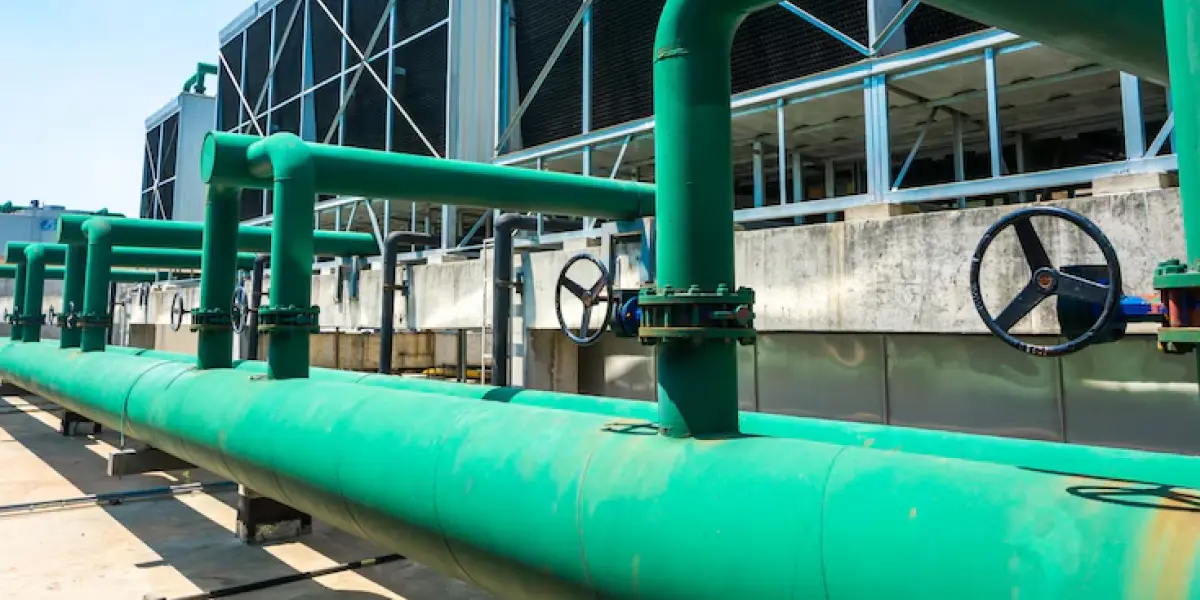The Future of Gas Pipeline Installation: Innovations and Trends to Watch
ProgasTech / 12 May 2025

Gas pipelines are used in various industries like labs, commercial kitchens, residential spaces, etc., to transport gases like LPG over long distances in a safe way. These gas pipelines have been powering our daily lives by making the gas supply easier. But there are many risks involved with the current gas pipeline systems, and this blog talks about the future of gas pipeline installation and helps you know the new technologies and trends related to it.
Why There is A Need for Innovations in Gas Pipelines
There are many factors that are influencing the gas pipeline industry to innovate its systems. First, sustainability initiatives are pushing companies to think of a greener solution for gas pipeline installations. Environmental laws by the government demand a low-emission installation method for gas pipelines.
Old gas pipelines need an improved and safe replacement to increase efficiency in industries that use them. Upgrading old piped gas systems can also be time-consuming and costly.
The development of new technologies like AI and automation is allowing companies to think about better ways of installing gas pipelines, which reduces the costs and also risks.
Various Gas Pipeline Technology
01. Drones and Robots: Robots and drones will help in gas pipeline projects. Robots can carry out manual tasks like welding, inspection, and even some types of pipeline laying by maintaining high precision. Drones can be used for aerial surveys, mapping for layouts, etc, which reduces the need for manual labor in harsh conditions for pipeline installation.
02. Trenchless Gas Pipeline Installation: Traditional pipeline installation methods involve digging huge trenches, which can block traffic, damage the environment, and create safety issues. Trenchless technologies for gas pipelines, like Horizontal Directional Drilling (HDD) and microtunneling, are a better alternative. These methods allow pipelines to be installed underground without more surface disruption.
03. IoT in Gas Pipeline Monitoring: IoT devices are being used to safely monitor gas pipelines. So, instead of manually monitoring each piped gas system in various premises, you can get proper monitoring using IoT devices. They help in finding any issues and reducing energy loss with real-time monitoring.
04. AI in Pipeline Maintenance: Artificial intelligence is also helping in maintaining the gas pipelines. AIs can easily analyze data from various sources like IoTs, drones, sensors, and previous records to predict when and which system needs maintenance. This helps in avoiding unexpected breakdowns and extends the life of the gas pipelines.
05. Smart Sensors: During the installation of gas pipelines, smart sensors are also embedded in them, which help in collecting data on the temperature, gas pressure, vibration, and flow. The data from these sensors is then used to analyze any issues in real-time and quickly fix them.
06. Sustainable Gas Pipeline Solutions: Apart from technologies like AI and robots for automation, there are sustainable solutions for gas pipeline installation as well. It includes making pipelines that can reduce the impact on the environment, more durable pipeline materials, and gas pipelines that can reduce carbon emissions in large industrial units.
Safe Innovations and Regulatory Compliant Gas Pipeline Technology
- ✔ As technologies grow, regulatory compliance in gas installation and safety practices evolves as well. New global and national standards are paving the way for the right way to install gas pipelines. These includes using trenchless drilling, welding robots, and the use of sustainable materials.
- ✔ AI automation in pipeline installation is helping companies in safety checks, analyzing data from sensors, and predicting when and which systems need maintenance. AI also reduces human error and provides precise insights.
- ✔ Virtual Reality (VR) and Augmented Reality (AR) can be used to train workers in installing gas pipelines. Since they simulate real instances, employees learn how to handle emergencies, use new tools, and follow safety protocols without any risks.
Challenges of New Technologies in Gas Pipeline Installation
- One major challenge is the high cost of these new gas pipeline technologies. Trenchless machines, drones, AI, and robots need more investment. Not all companies can afford these technologies, especially small companies in the gas pipeline industry.
- There's also the acceptance from workers and managers who are used to traditional methods of gas pipeline installation. Training and change in the technologies can require a lot of time before they are implemented successfully.
- Finding skilled professionals to use this advanced gas pipeline equipment is another concern. The companies might need to invest in training programs to prepare the workforce to use these new tools and methods.
The Future of Gas Pipeline Installation
- ❯❯ When we talk about the future of the gas pipeline industry, it is set to become smarter, safer, and more sustainable.
- ❯❯ We can expect gas pipelines to be fully automated, with robots handling much of the installation and maintenance. AI-driven systems will plan and monitor the installation of gas pipelines in real time to help companies make quick adjustments based on real-time data. Smart gas pipeline systems will be able to share data from the embedded sensors to continuously monitor the pressure, flow, temperature, etc., in the gas pipelines.
- ❯❯ The global standards in gas pipeline installation will make it easier for countries to collaborate on energy projects. The installation of gas pipelines with renewable energy networks will support a flexible gas supply across borders.
- ❯❯ In the future, advanced pipeline inspection technologies might be intelligent enough to self-diagnose problems and even trigger maintenance actions automatically.
Conclusion
In conclusion, the future of gas pipeline installation includes the latest technologies like AI, robotics, and sustainable practices. This helps in increasing the safety, efficiency, and compliance with standards. As the gas pipeline industry changes, it will not only address existing challenges but also help in building a more durable gas supply infrastructure.